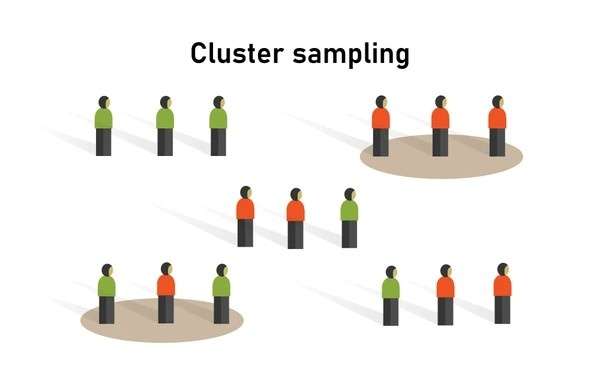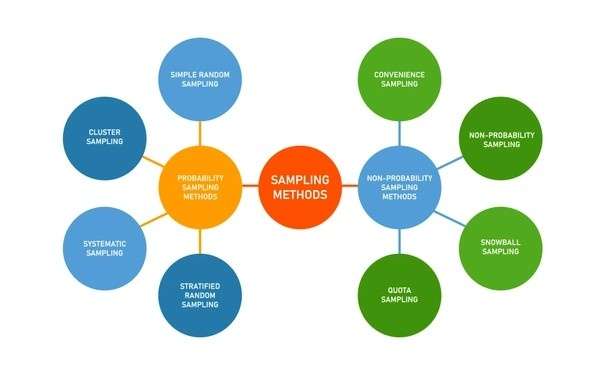Understanding Closing Prices: Definition, Examples, and Significance
In the realm of finance and investing, closing prices play a pivotal role as a key metric for assessing the performance and value of financial assets at the end of a trading session. This article aims to provide a comprehensive explanation of what closing prices signify, how they are determined, their significance in financial analysis, […]
Understanding Closing Prices: Definition, Examples, and Significance Read More »










